
Starting June 1st, 2023 Our warehouse fee will be $0.65/cubic foot per month
In effort to lower the warehouse storage fee during inflation, we have went narrow aisle racking.This construction took us four months but the project is finally completed. With narrow aisle racking, we are able to drop storage by 24%.We as partners will go through this inflation together.
10/30/2023
Although supply chain management (SCM) and logistics share many characteristics, there are also significant variations between the two disciplines. Companies may develop a competitive advantage by optimizing operations, enhancing customer service, and better understanding the roles that each plays.
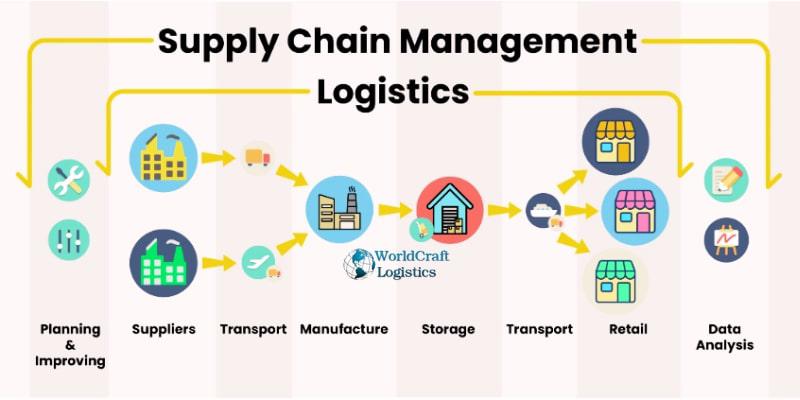
SCM covers the complex procedures needed to find and purchase raw materials and eventually produce finished items. SCM uses logistics to get products to customers, but its ultimate goals are to improve financial performance and strengthen a company's competitiveness.
In other words, SCM establishes the strategy and oversees everyday logistical operations that take place in manufacturing plants, distribution centers, and other facilities. Whether the customer is a producer, distributor, or consumer, logistics is the part of the supply chain that stores or distributes finished goods or services. Delivering products and services to customers on time and at a fair price is the aim of logistics. Our beginning logistics guide has more information.
The processes used to produce completed goods from raw materials and deliver them to the client are referred to as supply chain management. SCM also emphasizes streamlining supply chain operations, which can be advantageous to clients and business partners.
Only when a firm has visibility into every aspect of its supply chain can it optimize and continually improve SCM. Companies can follow goods and services as they pass through each stage of the supply chain thanks to this visibility, which makes it much simpler to determine whether everything is going according to plan. Additionally, it offers decision-makers more time to react to hiccups or other obstacles.
SCM entails managing a frequently sizable network of sub-suppliers, suppliers, manufacturers, logistics partners, wholesale distributors, retailers, and end users. Different supply chain stakeholders have different connections with one another. They can be horizontal, where a company merges with or acquires a similar company that operates at the same stage of the supply chain, or vertical, between manufacturers, merchants, and suppliers of parts and materials.
Let's take an example of a manufacturer of household cleaning goods to show how supply chain management functions. The corporation procures the necessary chemicals and containers from suppliers as part of the SCM function, manufactures the final product, and then distributes the finished items to supermarkets, drugstores, and convenience stores. Every step in the transit of these products is covered by supply chain management.
Logistics entails organizing and carrying out the storage and transportation of products between various supply chain nodes. Facilities, personnel, equipment, and other resources are coordinated by logistics to make sure that things move when they should and that there is room for them at the next stop.
The procedures that make up logistics include demand forecasting, shipping (including fleet management), inventory management, material handling, and order fulfillment. Read our article on logistics management to find out more.

Logistics and supply chain management both place an emphasis on the movement of commodities from the point of origin to the final destination. To ensure that products can travel through the supply chain as needed, both disciplines need to carefully coordinate their use of resources, personnel, and facilities. The management of the supply chain's logistics is a crucial component, but it is only one part of the puzzle.
Logistics and supply chain management both aim to transport, store, and deliver commodities as effectively as feasible. Inbound and outbound logistics are directed strategically by supply chain management.
Here are some similarities between SCM and logistics:
Both concentrate on products, services, or knowledge.
The ultimate goal of both is to contribute to the business's success and set it apart from rivals.
Both aim to raise client satisfaction.
Both circle around the same chain of suppliers, manufacturers, wholesalers, and retailers before reaching the retailer or consumer.
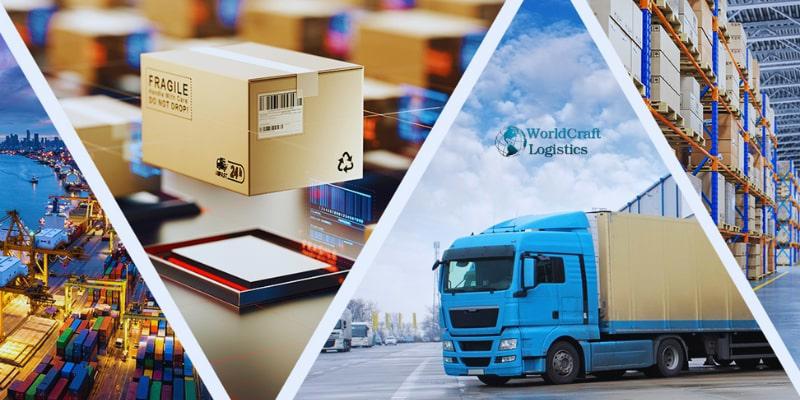
The planning, sourcing, production, and delivery of goods, as well as the handling of returns, are all covered by supply chain management. Logistics is concerned with getting the appropriate goods to the right place at the right time.
As should be clear at this point, supply chain management and logistics definitely intersect, but they differ when it comes to their scope and focus.
Key Disparities Between Logistics and Supply Chain Management:
Activities in supply chain management include logistics. Planning for production and inventory, scheduling labor, managing supplies and facilities, producing, and providing goods and services are only a few of the operations covered by SCM.
Logistics places a strong emphasis on fulfilling customer demands and expectations, while SCM strives to improve processes to gain competitive advantages.
Delivery of goods to customers efficiently and affordably is the main focus of logistics.
The movement of finished goods from the supplier to the production to the warehouse to the merchants and/or consumers is governed by supply chain management.
The military is where the word logistics first appeared. Alexander the Great, who was born in 356 B.C., is regarded by many historians as a logistics expert.
In the 20th century, supply chain management as we know it today was born. The term "supply chain management" is widely credited to the logistician Keith Oliver, who did so in the early 1980s.
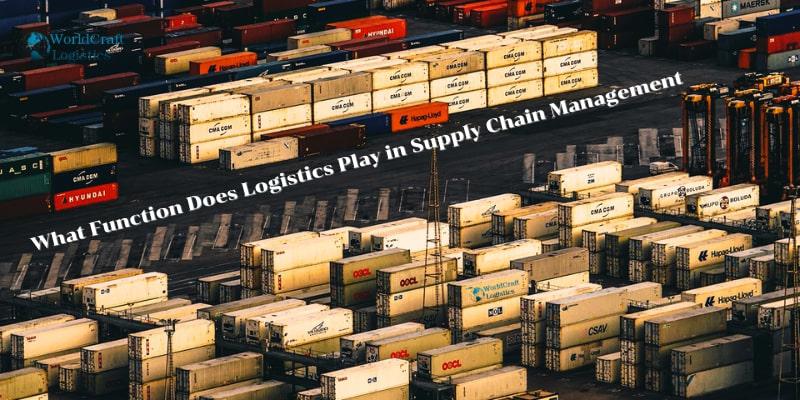
Transferring raw materials from an outside source to a manufacturing is referred to as inbound logistics. The manufacturer orders the materials, gets them, stores them, and turns them into products during this procedure. For the most part, inbound logistics is concerned with the supply side of supply chain management.
Outbound logistics, the subsequent phase of the supply chain, entails the transport and storage of goods from the manufacturer to the consumer. The main objective of this process is to make sure that goods arrive at their destination on schedule. Activities commonly involved in this process include packaging, shipping, and warehousing.
The area of logistics known as reverse logistics deals with the movement and administration of materials and goods after they have been sold and delivered to the client. Reverse logistics entails sending goods back to the manufacturer, retailer, or consumer for customer credit, exchange, or repair.
The management and tracking of the personnel and resources required to keep and transfer goods and services makes logistics a crucial component of supply chains. Materials and goods are dependably moved at the appropriate time and within budget thanks to logistics.
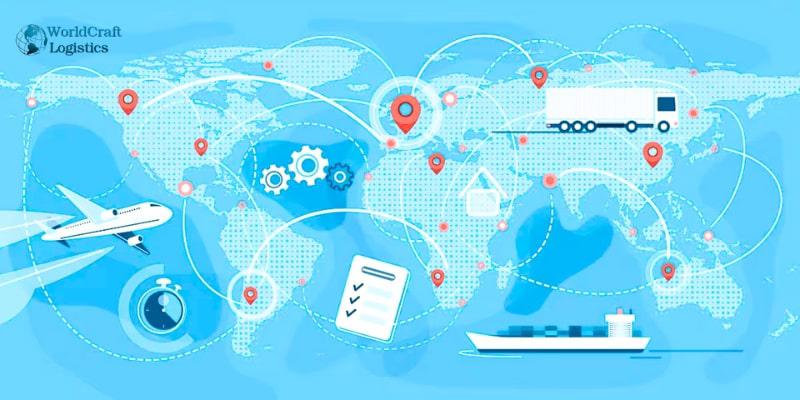
Specifically, the following logistics components assist supply chains:
Supplying the appropriate goods at the appropriate time.
Lowering expenses and increasing effectiveness.
Assisting in customer retention and fostering loyalty.
Providing some businesses with a special value offer.
Supplying a method for getting products to the customer from the place where production is most affordable.
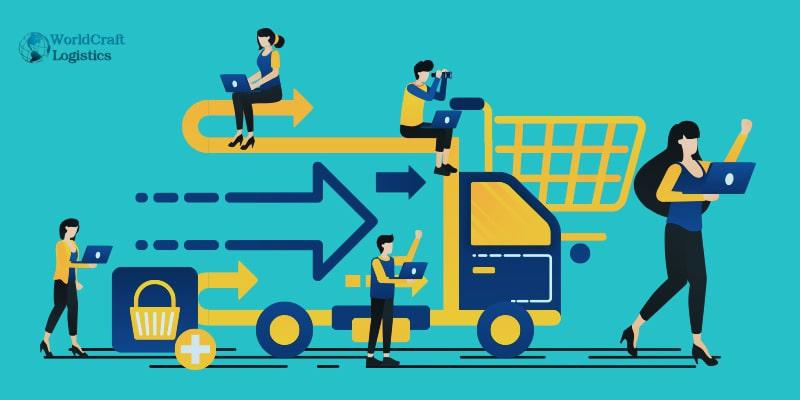
Logistical elements of the supply chain aid in the management of goods and services. Each component aids in the movement of raw materials, manufactured commodities, and services along the supply chain's several processes.
The logistical elements of supply chains include the following:
Information:
At every stage of the supply chain, information is used to track the status of the various components and to guide business choices.
Storage:
The act of keeping resources in the proper number and place is known as storage. Demand and supply must be balanced for businesses to avoid overstock and out-of-stock problems.
Warehousing:
The daily operations of the warehouse, including picking, packing, shipping, and receiving are managed by this component.
Material handling:
The limited movement of goods inside a building or a delivery vehicle is referred to as material handling. Others broaden the definition to encompass the handling of commodities during the manufacturing, distribution, and delivery stages, as well as their storage, security, and transfer.
Packaging:
Items arrive undamaged and ship for the least amount of money feasible when they are packaged properly.
Unitization:
Unitization makes things easier to organize, move, and store. Unitization techniques also guarantee that objects may be moved effectively and damage-free by material handling equipment. Because the cube is one of the simplest units to store and move, unitization of this kind is common.
Inventory control:
Storage and warehousing methods are incorporated into inventory control to optimize the kinds, amounts, and locations of stock maintained. Businesses can improve their demand forecasting using inventory management formulas.
Transportation:
Moving products to the following node or straight to the client along the supply chain is the responsibility of this component. Cars, trains, trucks, planes, and ships are examples of means of transportation.
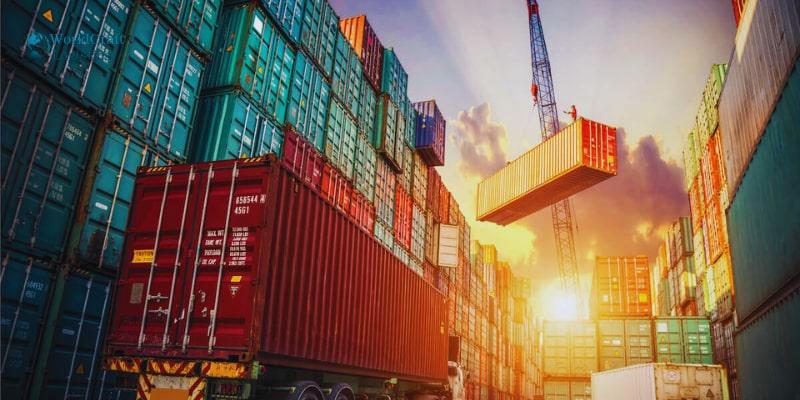
For "last-mile" deliveries, which include getting goods to final consumers, courier shipping is in charge. The success of courier shipping depends on dependability and personalized features like monitoring, acknowledgments, and time-accurate parcel arrival estimations.
Some large companies, including retailers, wholesalers, and other firms, manage and coordinate their logistical operations within their own infrastructure as opposed to contracting out the work to outside vendors. Greater flexibility and more straightforward interaction with transport staff can be provided by in-house logistics.
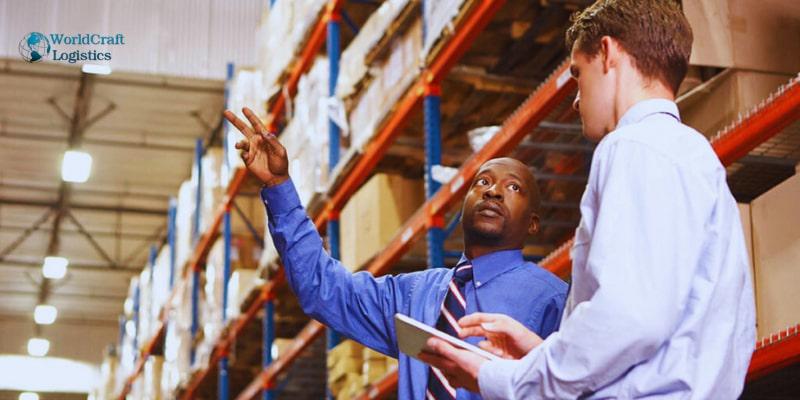
Providers of logistics services control the movement of goods from their sites of origin to their final destination. They may be in charge of distribution, transportation, and warehousing.
The movement of commodities from their points of origin to their final destinations is under the supervision of logistics service providers. They might be in charge of warehousing, shipping, and distribution.
For their clients, third-party logistics providers manage a range of services, including packaging, delivery (by air, sea, rail, or road), and storage (including specialty alternatives like cold storage).

Some logistics companies only store products as their primary focus. The third-party warehouse provider registers the inbound delivery and inventories the new inventory when a company's goods arrive at the warehouse. The warehouse provider manages the entire physical fulfillment procedure when orders are received, including selecting the item from the shelf and releasing it for distribution.
SEO
Digital Marketing/SEO Specialist
Simon Mang is an SEO and Digital Marketing expert at Wordcraft Logistics. With many years of experience in the field of digital marketing, he has shaped and built strategies to effectively promote Wordcraft Logistics' online presence. With a deep understanding of the logistics industry, I have shared more than 500 specialized articles on many different topics.

Education
01/05/2025

Education
02/18/2025

Education
01/01/2024

Education
08/28/2024

Education
11/13/2023